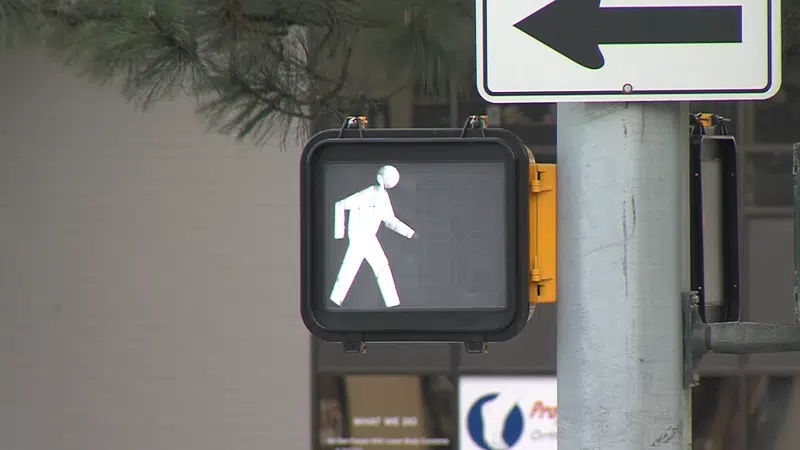
ICBC warns drivers, pedestrians that pedestrian collisions increase in the fall
KAMLOOPS — The Insurance Corporation of B.C. is reminding drivers to be aware of pedestrians as the days get shorter.
ICBC says on average, the Southern Interior sees 280 collisions between vehicles and pedestrians per year. The insurer says the rate typically increases in October and November.
Spokesperson Ingrid Brakop says both drivers and pedestrians can play a role in bringing that total down.
“For drivers, pay more attention to what’s happening around you, specifically at intersections,” said Brakop. “If you’re turning right into an intersection, or even if you’re turning left, there may be a pedestrian that crossing — even at an unlit crosswalk — that you may not see. If you’ve ever had that experience, it is a heart-stopper.”


